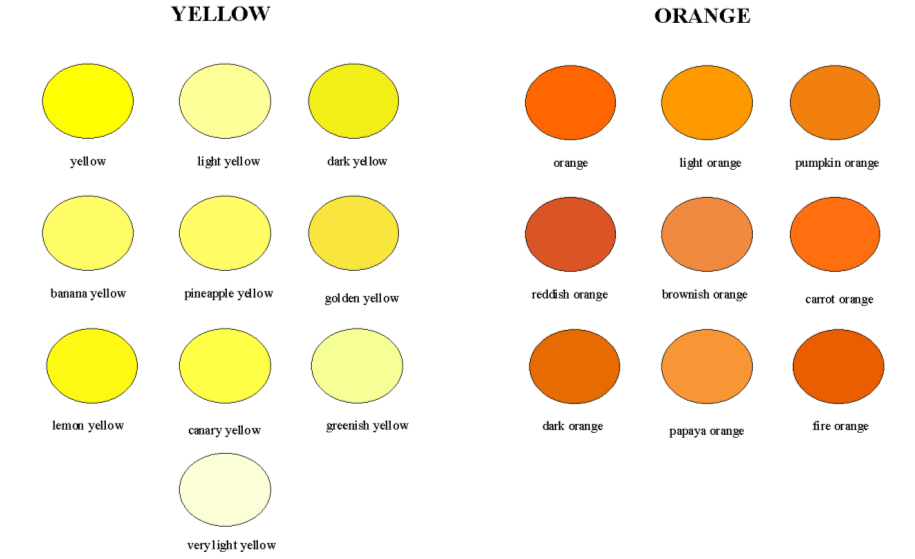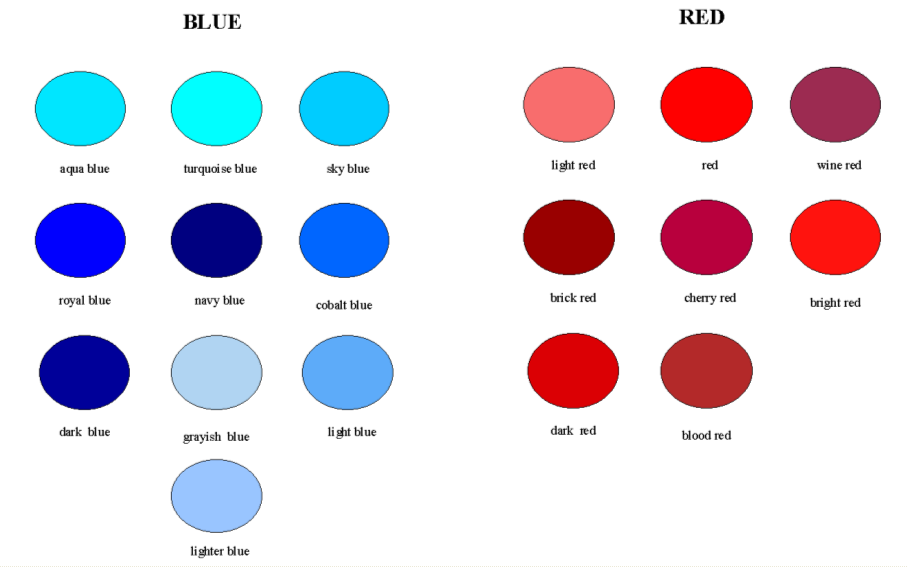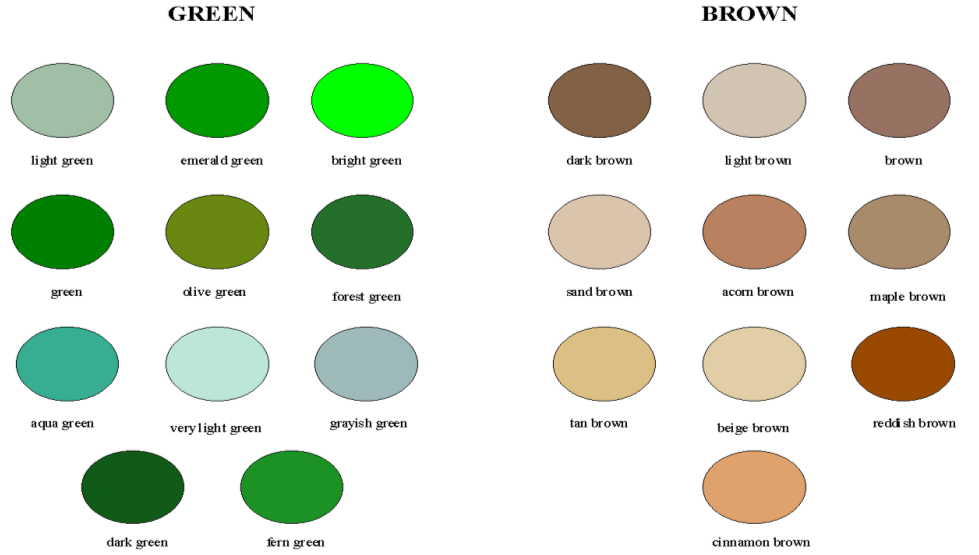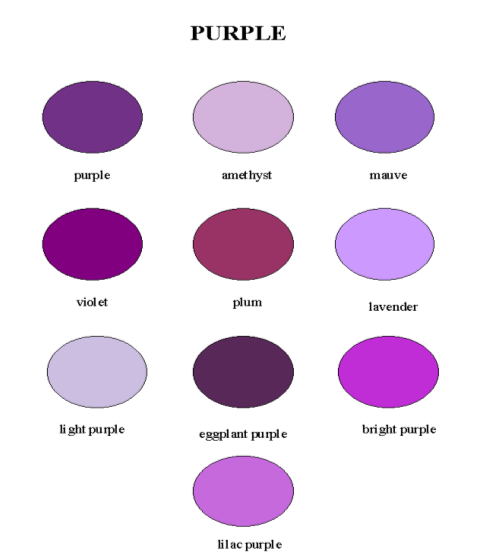Breaking The Code To Colors
Zachary had a very difficult time learning colors...at least in expressing them to me. I worked and worked with him on that. Now that I look back, and think in terms of "order" and "partiality", and “references”, I think that teaching "red, blue, orange, yellow", etc., was not the best approach.
If I had to do this over again, I'd start with just one color. For example, I'd cover "blue", "navy blue", "royal blue", etc., before moving on to the next color. You see, if I introduce "this crayon as 'red' " and then show this one as "green", and this one as "blue"... that is what I am teaching you...red, green and blue. And so, that has order... and it creates a specific reference. But, if I try to introduce "another blue", or "another red" then, I've introduced a confusing "variation" for my child. So, I think if I had to do this again, I'd start with variations within a single color, labeling each one (i.e., "royal blue", "navy blue", "light blue", "dark blue") before introducing another color. Again, just a thought, based on "order" and "reference living", but, in my opinion, I believe this would make teaching this concept much simpler.
Using the computer's color palette under the font/colors/more colors/custom is also a fun thing to do to teach colors. Zachary is always fascinated with anything I do that involves colors... and using the computer's color palette allows me to show him how "adding more" of one color or "less of another" makes different shades. :o)
Below, I provide pages for each main color... note that printers tend to distort colors you see on the screen... but these should give parents a pretty good starting point. Also, I would encourage parents to take actual objects around the house to show the child how the colors actually apply to his world.
Finally, I encourage all parents to consider obtaining paints to show how "mixing" colors can create new colors. Actually, you can also do this by buying colored plastic sheets and simply putting them one on top of the other and putting them up to the light. Actually showing the child how to make colors has the advantage of using “motion” and I strongly believe motion helps in the production of language in these children based on the fact that both functions are located in the frontal lobe.
For example, you can show a child that:
red + blue = purple
white + red = pink
white + black = gray
blue + yellow = green
yellow + red = orange
and so on...
Finally, I recently learned that autistic adults say that as children, they used to perceive objects as colors. This was very fascinating to me since it was " Zachary's Room of Colors" that first got him talking. I discuss this issue in the section on colors in my second book.
For those of you, like me, who have trouble thinking of more than one type of red, etc., if you need more than those provided in the "color sheets below", my best suggestion is to buy the big box of "CrayolaTM" crayons. :o)
Thinking of or understanding objects based on colors is an interesting subject for all parents of the autistic. Below are a couple of links provided by another parent on the enzyme discussion board for more on this subject. The ability to sense objects as "colors" is called "synesthesia". I have not had the opportunity to review this site in great detail and I provide it as a starting point for persons who want to learn more on this subject. I will look at them when I, personally, have a little more time.
http://www.school-for-champions.com/senses/synesthesia.htm
COLOR
SHEETS
Note: Some children are color blind. Boys are more often color blind than girls. As such, if your child appears to grasp certain colors but has difficulty with others, please keep in mind the fact that they may have difficulty with perceiving certain colors. Bright colors are the easiest and best perceived by those with color blindness.
In working with color sheets, if I had to do this again, I'd start with colors that have the least variation and then move to those that have the most... thus, in my opinion, yellow is probably the best place to start to teach "different shades" of the same thing.



